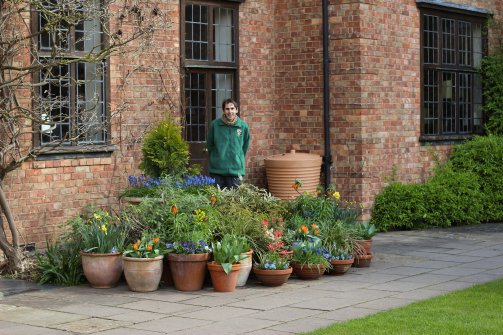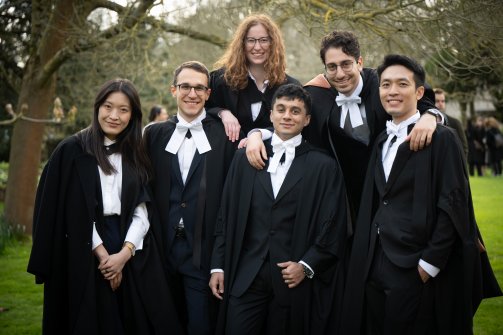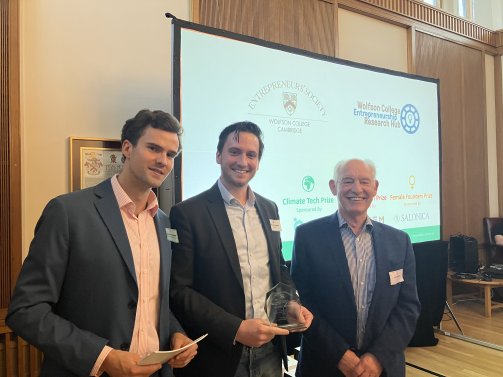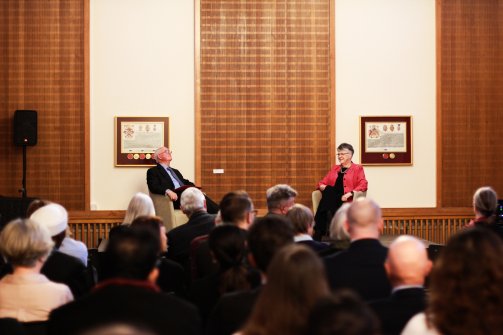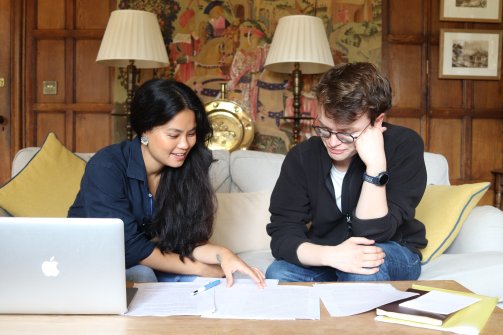The politics of time with Carolyn Smith
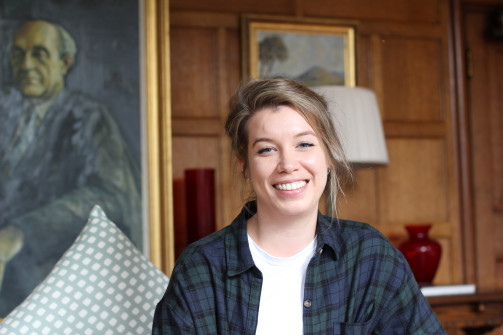
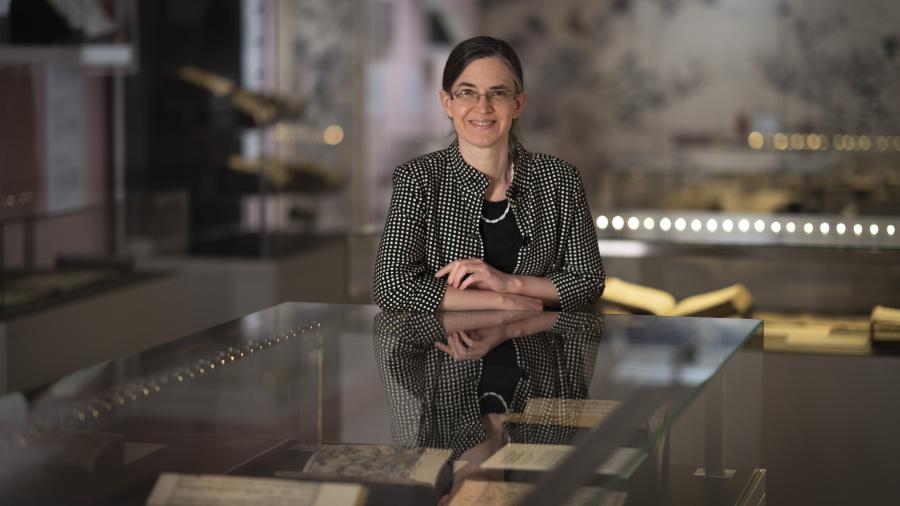
Wolfson College Research Associate (CRA), Dr Kristin Williams, is helping to update our understanding of the Japanese samurai – by curating a revelatory new exhibition at the University Library.

Samurai: History and Legend (Jan 22 – May 28) is drawn from the world-class collections of Cambridge University Library, home to one of the pre-eminent collections of Japanese material anywhere outside of Japan.
The free exhibition explores the historic roots of the samurai and the literary image of the samurai in manuscripts and woodblock-printed books from Japan. The objects provide a contrast to familiar imagery and modern perceptions of the samurai that, especially in the West, have led to widespread misunderstanding of their social and cultural role in Japan.
“Most people in the UK will have heard of samurai but only associate them with swords,” says Dr Williams. “The samurai image is so familiar but so distant from the real sources and stories. Hopefully, our exhibition will inspire people to learn more about Japan and to seek out the stories behind our stereotypes.”
Among the priceless treasures going on display for the first time is a seven-metre-long scroll of the Lotus Sutra, a key Buddhist scripture in East Asia. The scroll was produced in Japan about 800 years ago with each Chinese character painstakingly handwritten in pure gold.
Also on display for the first time – alongside helmets, antique children’s books, Hokusai sketches, and a manuscript that passed flower-arranging techniques secretly between master and disciple – is Azuma kagami, one of the first Japanese books in Britain when it arrived around 1626.
A total of 60 objects, pulled from a collection of more than 130,000 Japanese items, will be in display.
We spoke to Dr Williams about the exhibition, her role at the University Library, and what she loves most about Wolfson.
The exhibition introduces samurai as people and as a social class within the broad sweep of Japanese history from the 11th century to the late 19th century. I don’t expect visitors to take in every detail, but I hope that they come away with a sense that the history was long and complex and a bit different depending on what you sources you read or view.
I hope visitors remember some new images of the samurai and their cultural context—not just swords but also arrows and heraldry, not just warfare and politics but also music, flowers, and literature.
These varied images of the samurai come through strongly in Japanese literature and performance, some of which you can experience online as a supplement to the exhibition itself.
The UL’s Japanese collections have over 130,000 items, including about 10,000 that are rare books, manuscripts or early maps. Choosing only 60 objects out of a collection like that was the hardest part of curating the exhibition. We chose the samurai theme because that is an aspect of Japanese history that is familiar and interesting to people in here in the UK, but that is also historically complex and closely tied to Japan’s literary tradition.
Samurai are well represented in our collection because most of our Japanese rare books and manuscripts date to the Tokugawa period (1600-1867), when samurai were the ruling class in Japan.
At the time we started planning the exhibition in earnest, one of the scholars in the Faculty of Asian and Middle Eastern Studies, Professor Mikael Adolphson, was working on an international project related to Azuma kagami [Mirror of the East], which is a historical chronicle of the first shogunate or military government in Japan. I hoped that highlighting Azuma kagami within the exhibition would increase public awareness of the research here at Cambridge, and Professor Adolphson participated in some of our early discussions about the exhibition.
Azuma kagami begins in 1180 and ends in 1266, and it includes many of the same events and historical figures as the most famous lyrical war tale in Japan, Heike monogatari [Tale of the Heike], which focuses on events of the late 12th and early 13th centuries. I picked out characters and events that appear in both sources and that reappear in novels and plays for centuries afterward. I went through these two sources to find passages demonstrating a wide range of samurai culture, from weapons to dance. I also looked through our printed catalogues and the closed sections of the bookstacks to find other related texts.
The scroll is stored in Japanese wooden scroll box within a climate-controlled and secure area of the Library that is dedicated to the storage of rare books and manuscripts.
Our lead exhibitions conservator Rachel Sawicki and her team put a great deal of time and research into understanding the materials and formats and pigments of the books and manuscripts that went into the exhibition. They would not want to make major changes to any of the material, especially with a manuscript as old and precious as the Lotus Sutra. Instead, they worked to identify ways to display the material safely. Part of that was choosing a section that was stable and in good condition and then designing the mount and lighting levels to protect it.
The samurai cats were a nice surprise. That book from the 1880s is not yet in iDiscover because it is old and unusual enough to be difficult to catalogue, but it also was not in our main catalogue of Japanese rare books, Early Japanese Books in Cambridge University Library, because it is relatively recent. I picked it up from the shelves because it seemed interesting, and I later found it listed in the 1961 Classified catalogue of modern Japanese books in Cambridge University Library.
Most of the items in the exhibition have been in the University Library for over 100 years, but there are three that I acquired for the library more recently. I purchased ‘Yoshitsune ichidai kunkō sugoroku’ at auction in 2018 with this exhibition in mind. It is a colourful board game from the 1850s that depicts the life of the 12th century samurai Minamoto no Yoshitsune, and to me it represents the playful mix of history and legend that I hoped to communicate in the exhibition.
‘Yuishinken kadensho’, a 16th century illustrated manuscript related to flower arranging, was purchased in 2017 with the support of Art Fund and the Arts Council England / Victoria and Albert Museum Purchase Grant Fund. A group of manuscripts from the 13th and early 14th centuries, ‘Kōfukuji monjo’ was purchased in 2019 with the support of the Arts Council England / Victoria and Albert Museum Purchase Grant Fund.
I usually spend most of my time on the contemporary collections in Japanese and Korean because these support ongoing research and teaching in the University. I select and catalogue books, provide input on databases, check rare books before they are released for photography requests, work with students and researchers to help them navigate the Japanese and Korean collections, and engage with the library’s international partners. Lately, I’ve also been supporting the Chinese collections because of a colleague’s retirement, but I am looking forward to having a new Chinese librarian join us soon.
Wolfson College is special. Many colleges offer affiliations to postdoctoral fellows or to lecturers, but I found it difficult at first to find my place within the collegiate University as a permanent member of staff whose role does not involve teaching. I love the wide range of backgrounds at Wolfson. I’ve met people from many different countries and with many different roles in the University. I enjoy singing with the Wolfson Choir and meeting new people at Formal Halls and other events.
The latest Wolfson Annual College Research Associate Competition is now closed, but you can find out more about the competition on the CRA landing page.
Image courtesy: Mr Błażej Mikuła, Chief Photographic Technician (Digital Media Producer) in the Digital Content Unit at Cambridge University Library.
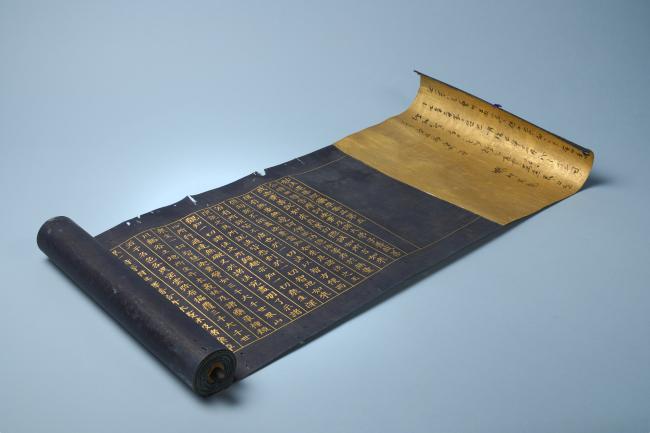
The Lotus Sutra
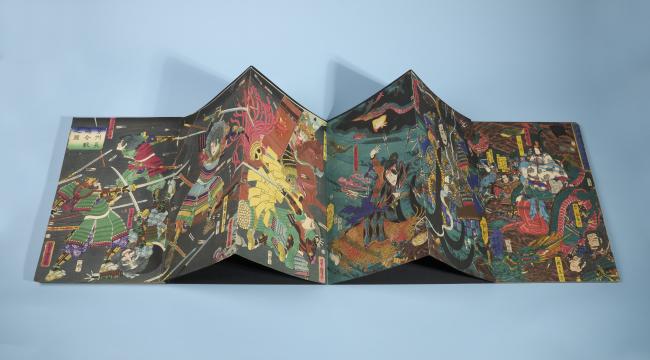
A three-panelled 19th century woodblock print shows an imagined scene below two sites of famous japanese sea battles in 1185 yashima and dannoura.


